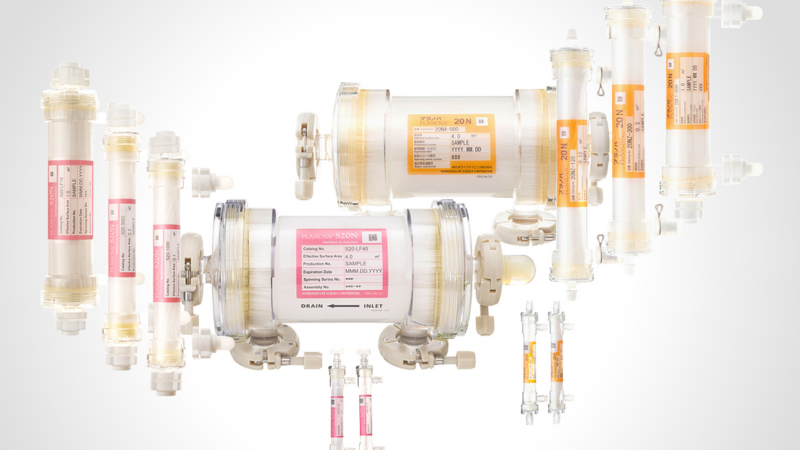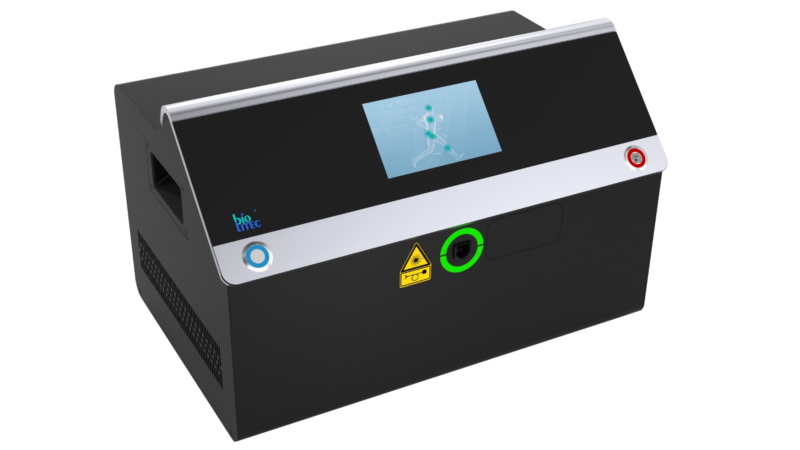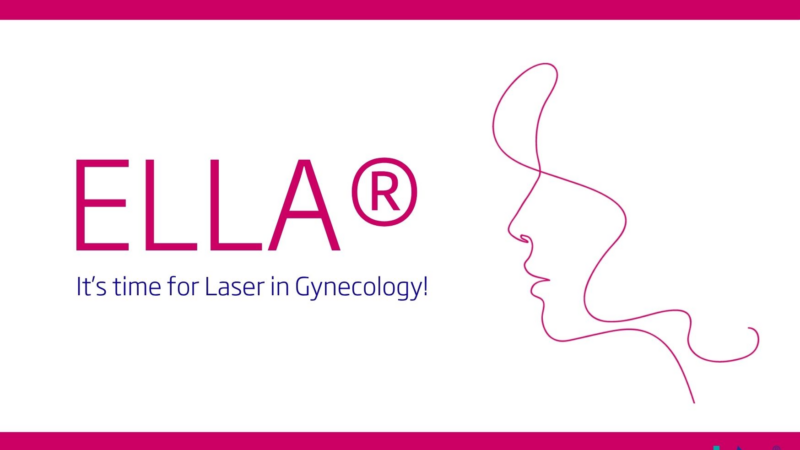(Vienna, 19 April 2018) With the help of Positron emission tomography (PET) Alzheimer“s disease (AD) can be detected long before the onset of the symptoms by making beta-amyloid in the brain visible. However, since there is still no cure for AD the question has been raised if such a diagnosis is really beneficial for the patient or rather more of a burden. First results of a large study, currently under way, show that PET diagnosis helped to improve medical management and counseling in over 65% of the patients. „AD patients clearly benefit from nuclear imaging,“ says Dr. Valentina Garibotto, expert of the European Association of Nuclear Medicine (EANM).
Alzheimer“s disease is the most frequent cause of dementia and one of the most important causes of disability in the elderly. The condition induces a decline in mental ability that usually develops and progresses slowly. Memory and judgment are impaired, and personality may deteriorate. The target of the PET examination is beta-amyloid, which is the chief component of plaques that are one of the hallmarks of Alzheimer“s. Recently developed tracers (radioactively labelled substances the patient is injected with) make these plaques visible on the computer screen. By applying this method the likelihood of Alzheimer“s disease can be established in patients with a higher degree of certainty, as compared with other routine diagnostic tools.
PET exams improve health care management
While its accuracy is uncontroversial the benefit of nuclear imaging for AD patients has frequently been questioned: Since there is no cure for this disease the gained diagnostic knowledge might be considered not only useless but an unnecessary psychological burden for the patient while he is still fit. In order to clarify this matter and to examine the actual impact of PET procedures on AD patient care and health outcome two large studies are currently under way: The IDEAS study (Imaging Dementia-Evidence for Amyloid Scanning) in the USA (www.ideas-study.org) and the AMYPAD study (Amyloid Imaging to prevent AD) in Europe (amypad.eu).
IDEAS started in 2016 and includes 18.000 participants. First results show that the outcome of PET scans have concrete beneficial consequences: They led to a change in medical and general health care management in around 65% of the patients. These changes consisted among other things in different drug prescriptions, making use of the fact that amyloid imaging allows doctors to determine with high accuracy whether in patients with mild symptoms Alzheimer“s is the cause or whether it can be excluded, so that some other kind of dementia or another condition has to be taken into account. Thus, depending on the PET exam results doctors changed to drugs specific for Alzheimer (namely aceltycholinesterase inhibitors) or they reversely abandoned these drugs in favor of a better suited medication, for exampleantidepressants or antipsychotics. PET scan results in favor of AD also induced an appropriate counseling about safety and future planning, thus helping patients and their friends and family to avoid preventable risks. For example, a diabetic who is also diagnosed with AD would not be left alone any longer to manage his insuline doses. „These interim results already provide convincing evidence that AD patients benefit largely from a more accurate diagnosis and we expect further study outcomes to complete the picture,“ says Dr. Valentina Garibotto of the EANM Neuroimaging Committee.
Nuclear imaging pivotal in AD research
Further important insights are to be expected of the AMYPAD study which has just started. This is a collaborative research initiative and part of the European Innovative Medicines Initiative (IMI). The overall goal of the program is to determine the value of amyloid PET imaging to diagnose and guide treatment, namely clinical trials, in AD. „Despite the hitherto unsatisfying results of therapeutic trials, our knowledge and understanding of AD has dramatically evolved over the last decades and PET imaging has played and still plays an increasingly central role. Accordingly, the next EANM focus meeting will be fully dedicated to the field of neuroimaging in AD. Entitled „Molecular Imaging of Dementia – The future is here“ it will invite worldwide experts to update the community on the latest developments,“says Dr. Garibotto.
www.whatisnuclearmedicine.com
www.eanm.org
Presseagentur für Medizinthemen
Contact
impressum health & science communication
Frank von Spee
Hohe Brücke 1
20459 Hamburg
Phone: 040 31786410
E-Mail: vonspee@impressum.de
Url: http://www.impressum.de





